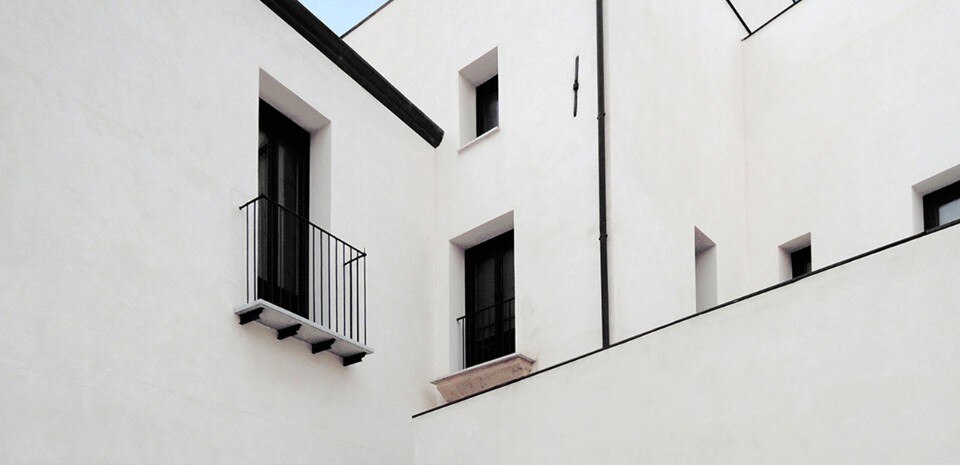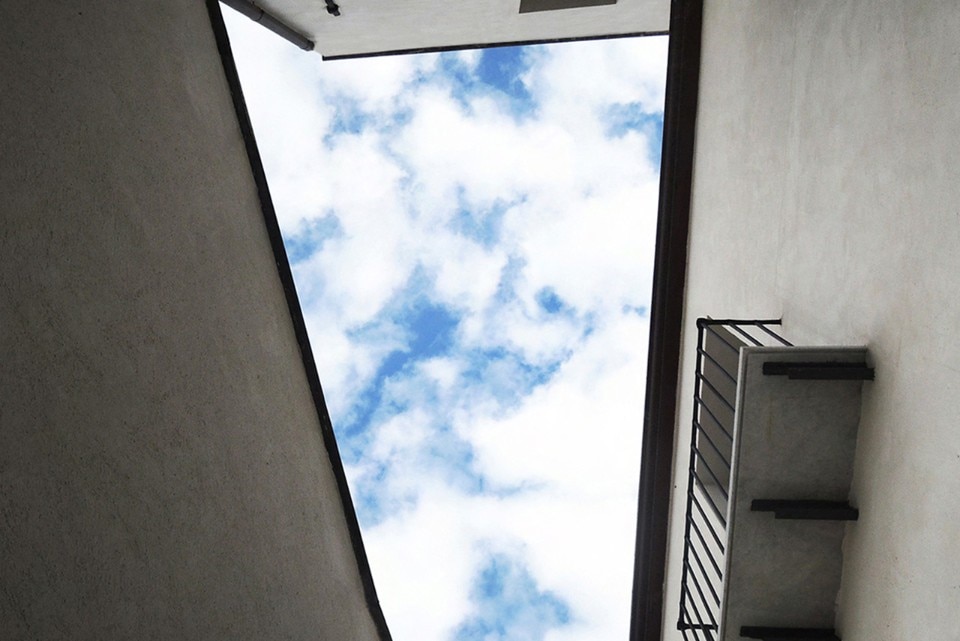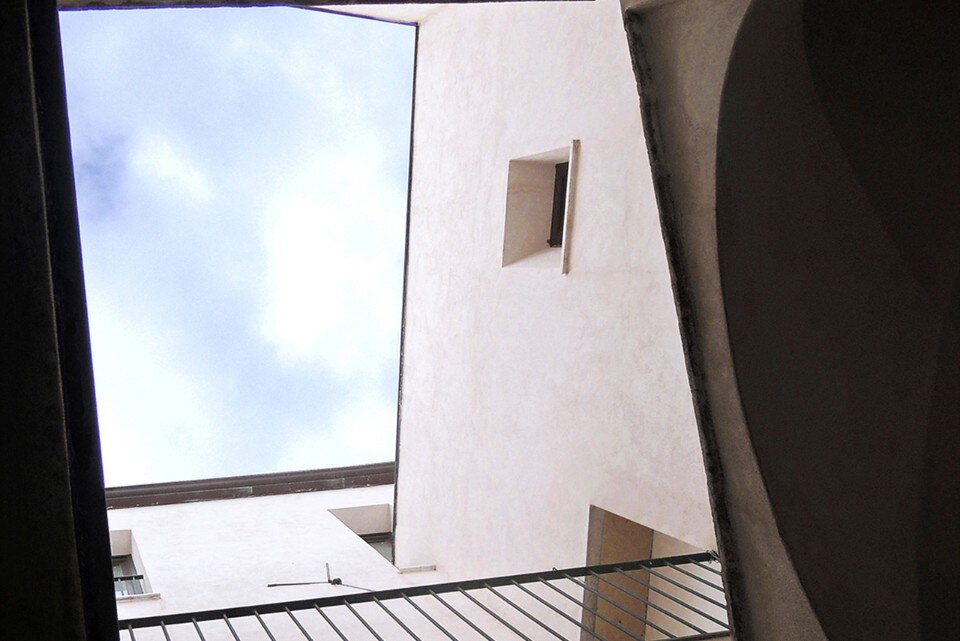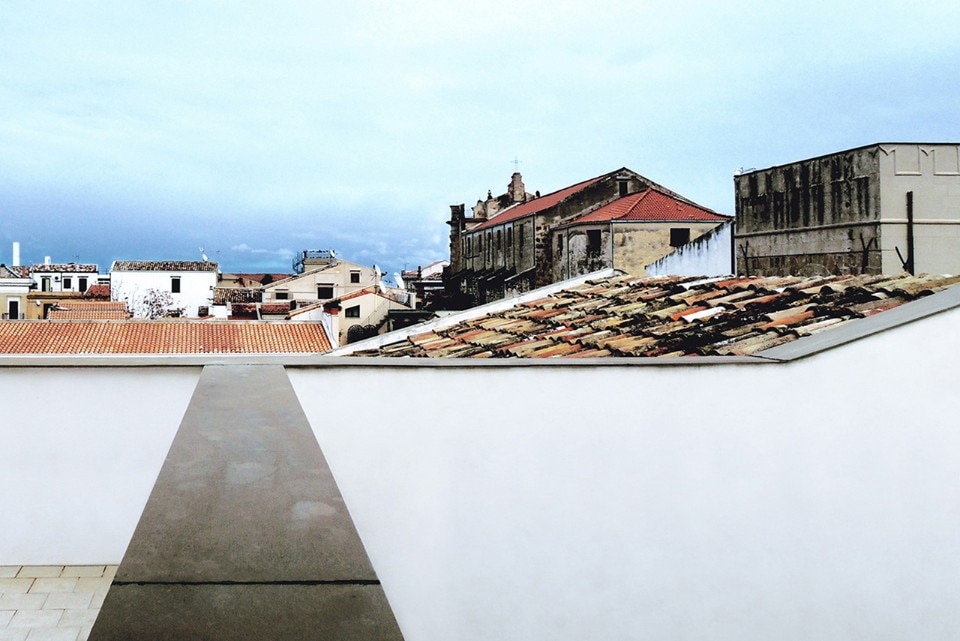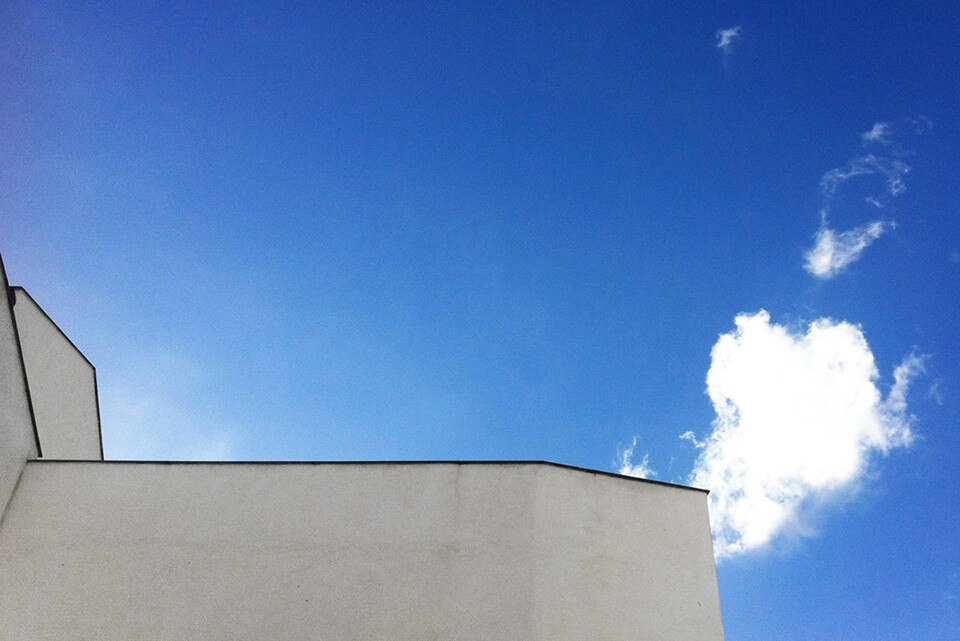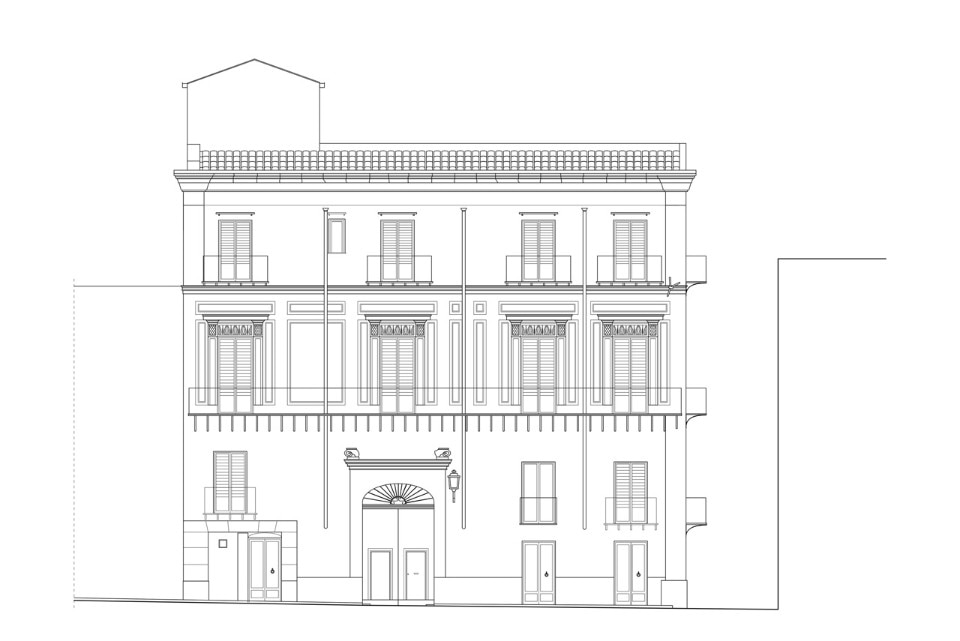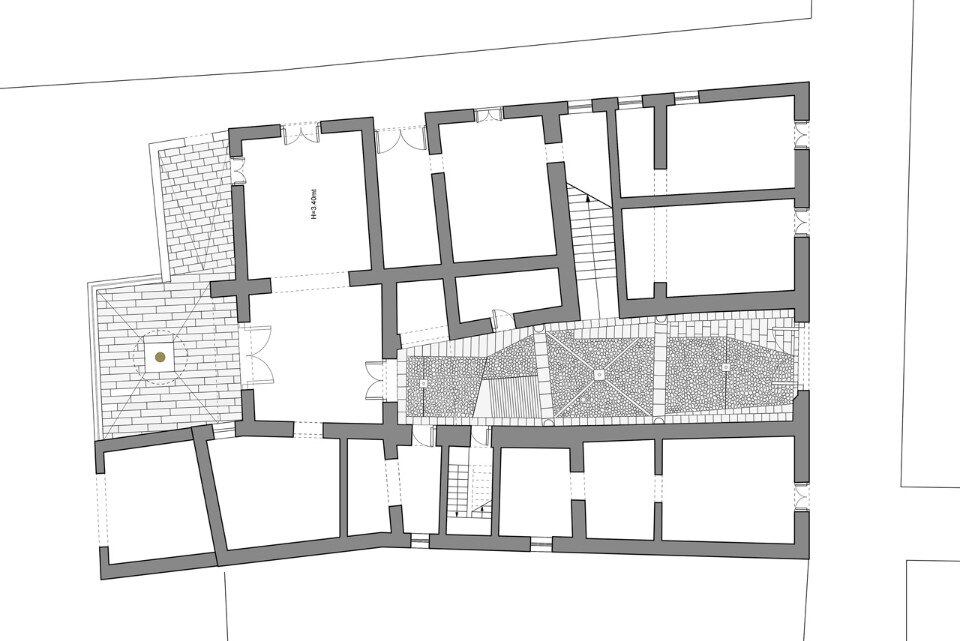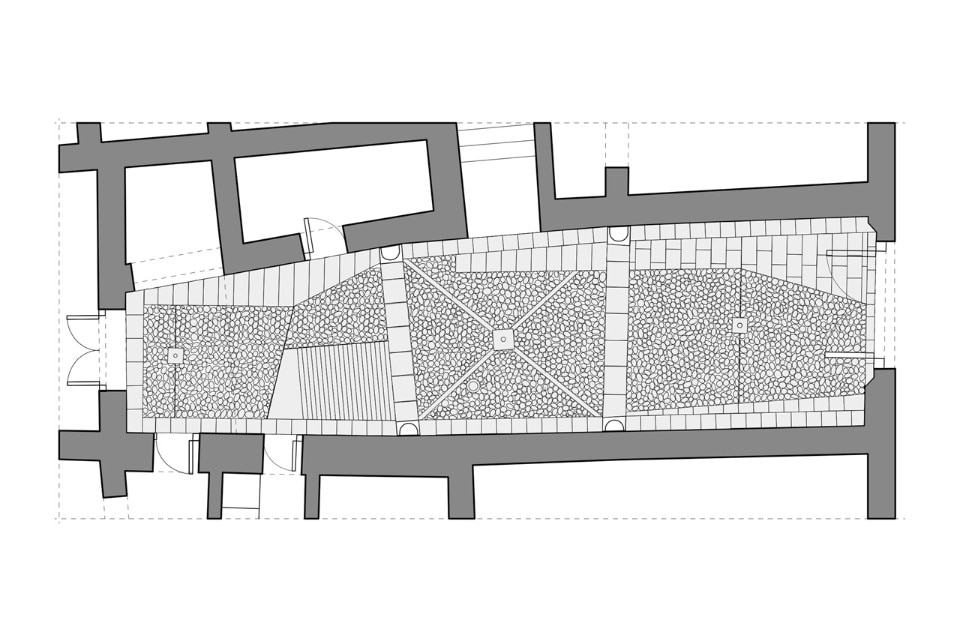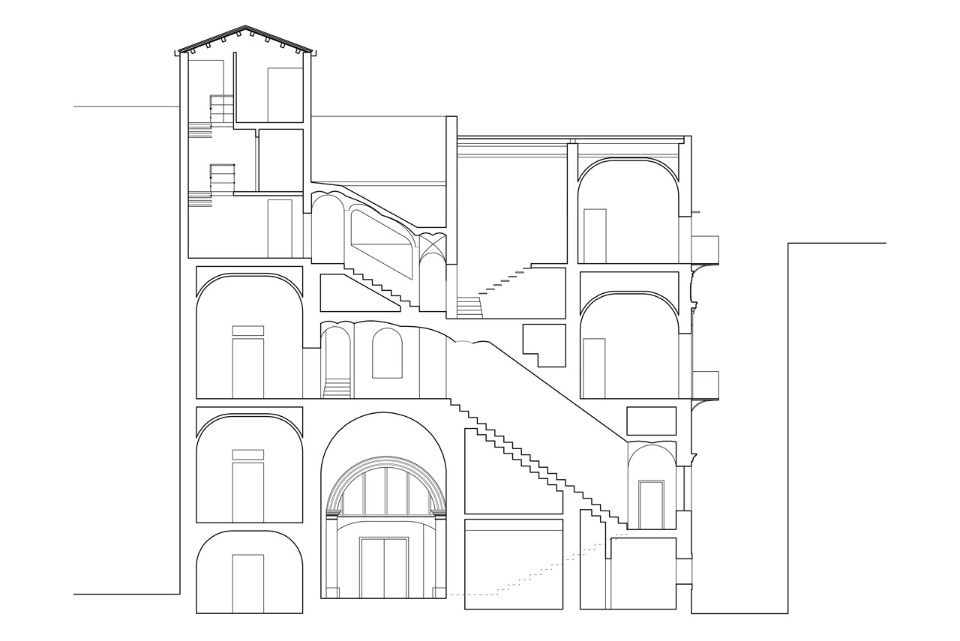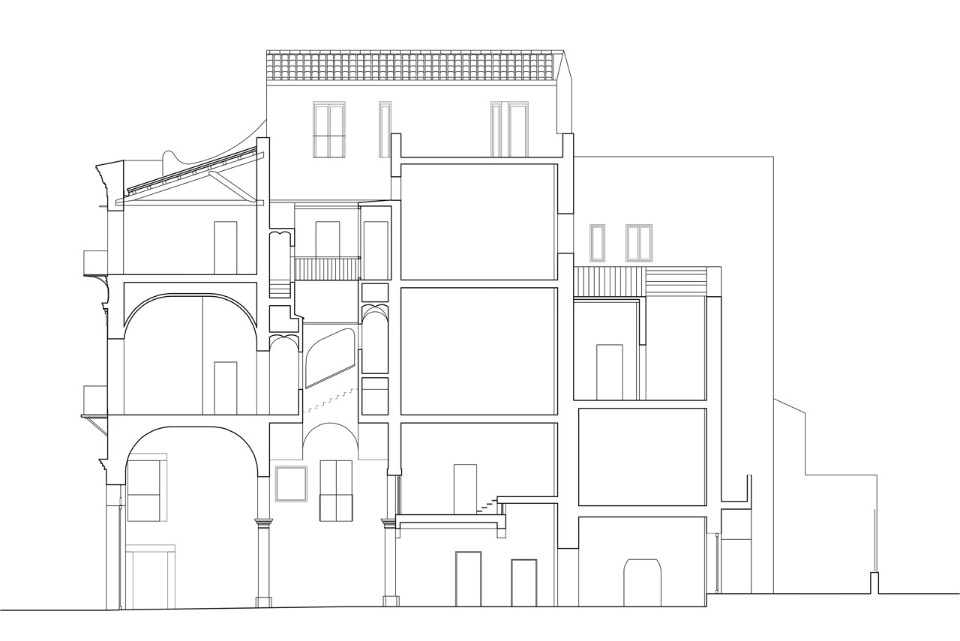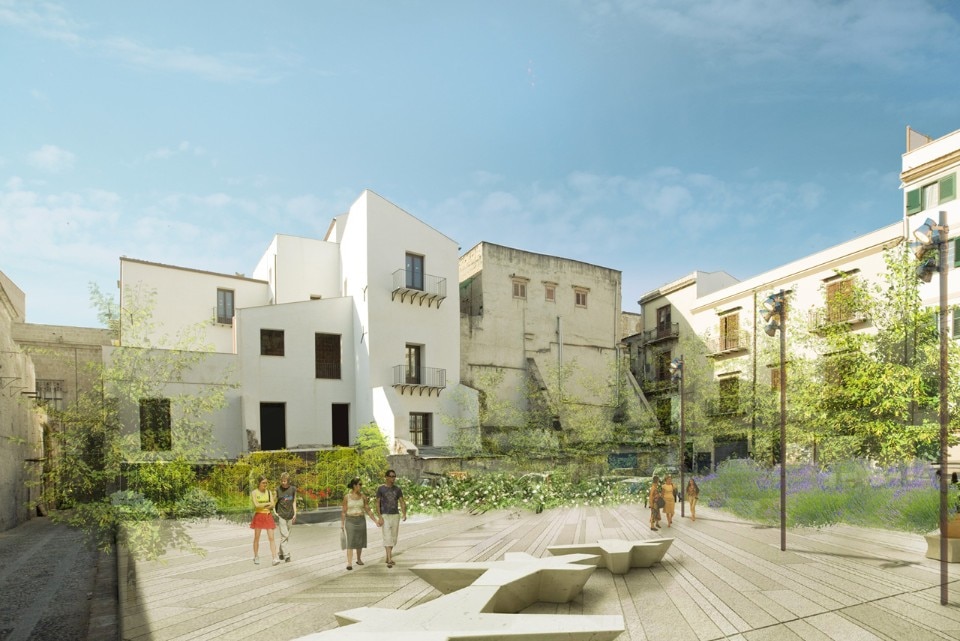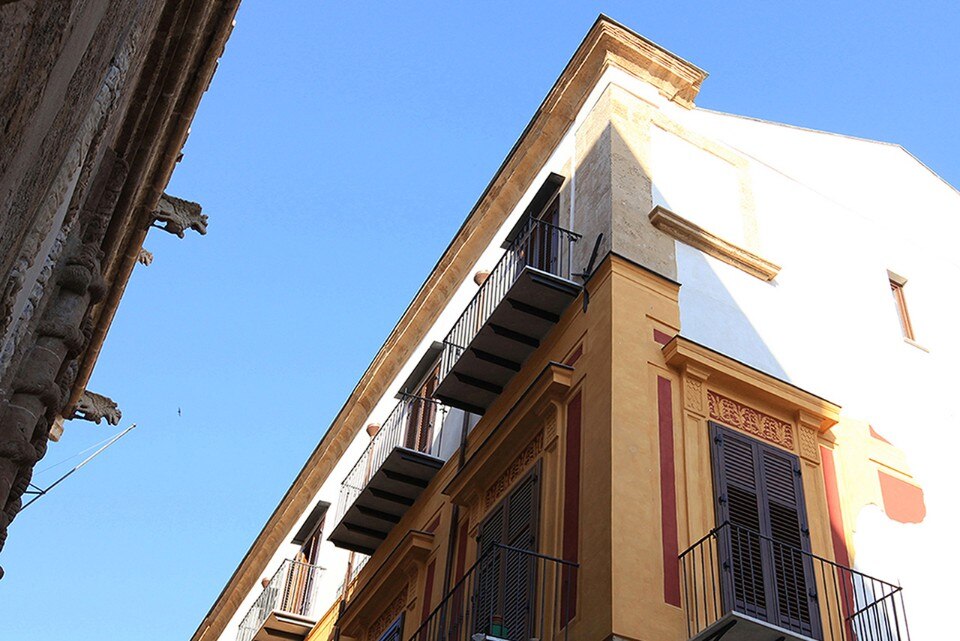
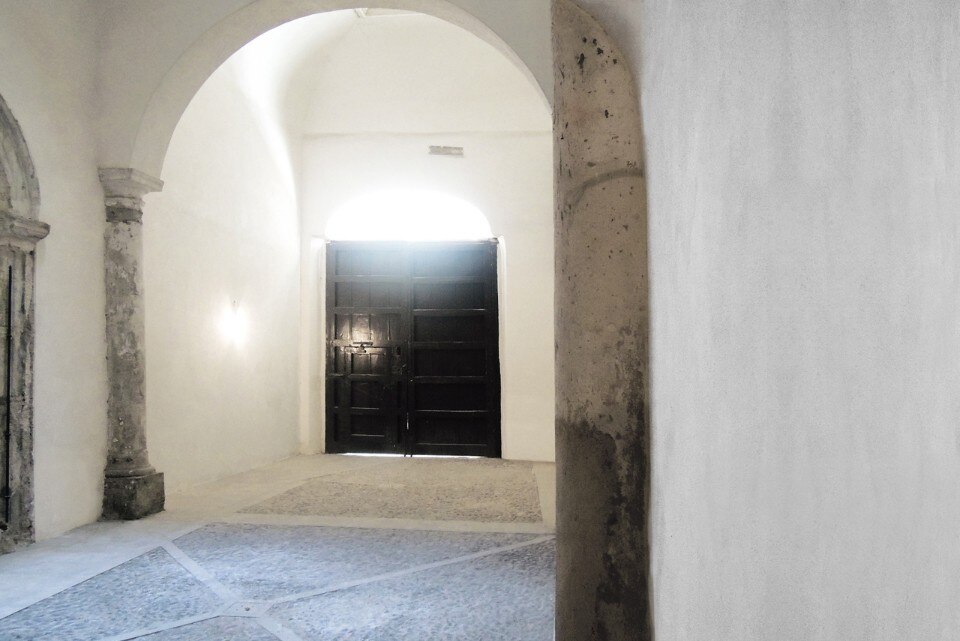
The Palazzo is characterized by several historical layers, the original plant, built in the fifteenth century, has undergone many changes and additions that have determined its present shape. Some of the many historical layers in this building were uncovered during the restoration and have now been incorporated into the building, such as an alley and a water tower of Arab origin with a residue of “catusi”, the terracotta pipes used for carrying water to the accommodation area.
The rediscovery of the historical traces and the choice of the elements to preserve has imposed to the designers a careful work on the details with the objective to show the many layers of history and also the memory of the dramatic events that have marked the building. Also for this the architects have decided not to rebuild the decorative plaster of the lateral facade that was partially destroyed by bombing of the World War II. Were also preserved some traces of the previous interventions of consolidation, as the big buttresses built after the war on the front of Piazza Scopari, which were maintained to highlight the design of the facade created after the collapse of a part of the building.
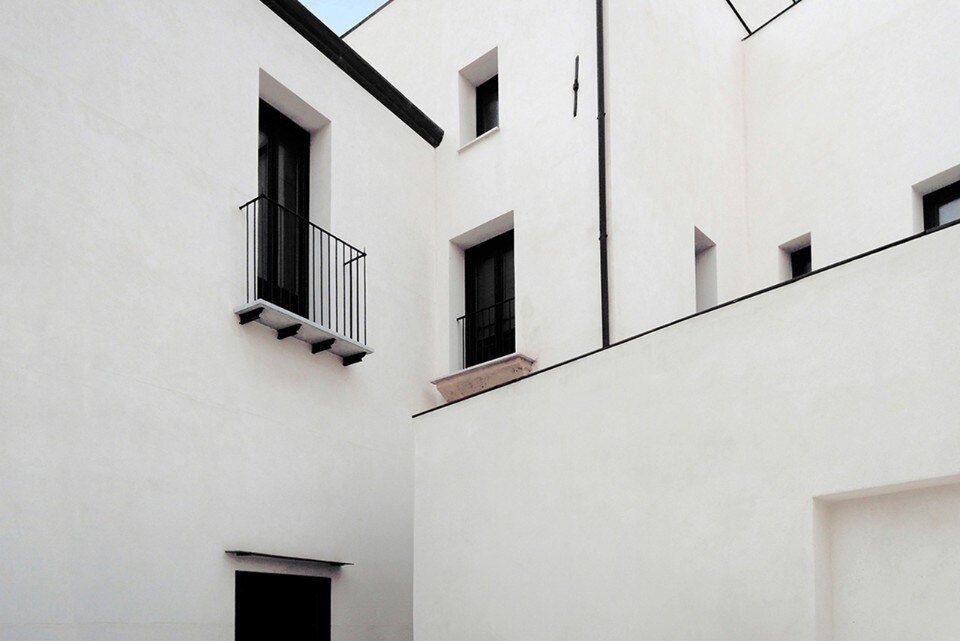
The main floor of the facade on via Alloro is characterized by a refined decorative detailing, made in the nineteenth century, plastered with yellow, ocher and red. With the aim to preserve the original materials, a consolidation intevention with more than 1,000 rivets in resin and titanium has been made so that, today, that of this palace, is one of the few examples of original plaster in the historic center of Palermo.
Through the creation of new terraces in the parts affected by collapses, the project opens new views to the urban waterfront which is dominated by the magnificent view of Monte Pellegrino and looks to the Villa Garibaldi, a nineteenth century garden designed by Giovan Battista Filippo Basile and home to lush vegetation and some magnificent specimens of Ficus Magnolideum which are among the oldest and largest trees in Europe.
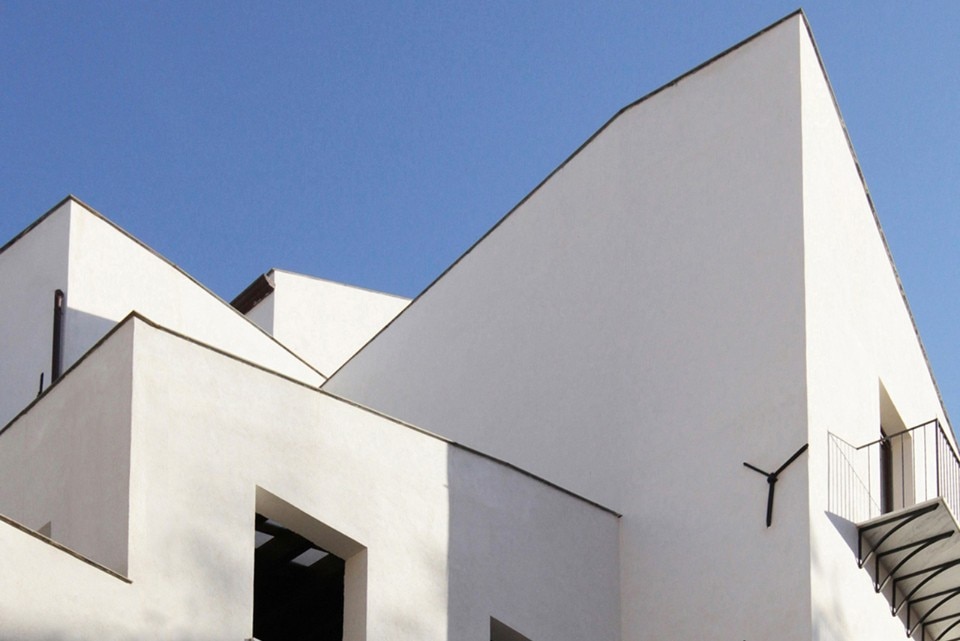
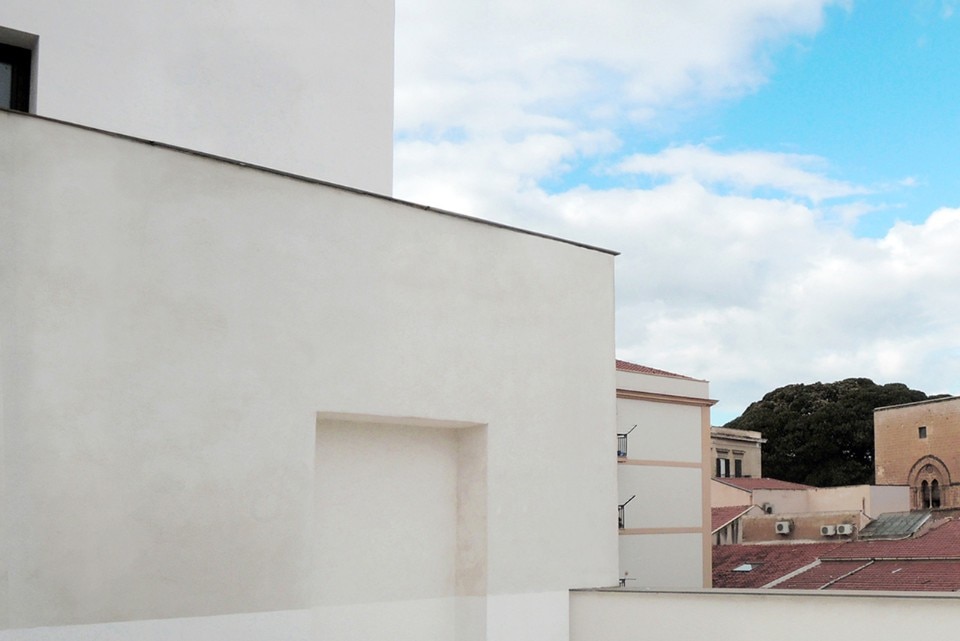
Palazzo Greco
Program: restoration
Architect: Autonomeforme
Area: 2000 smq
Completion: 2014


